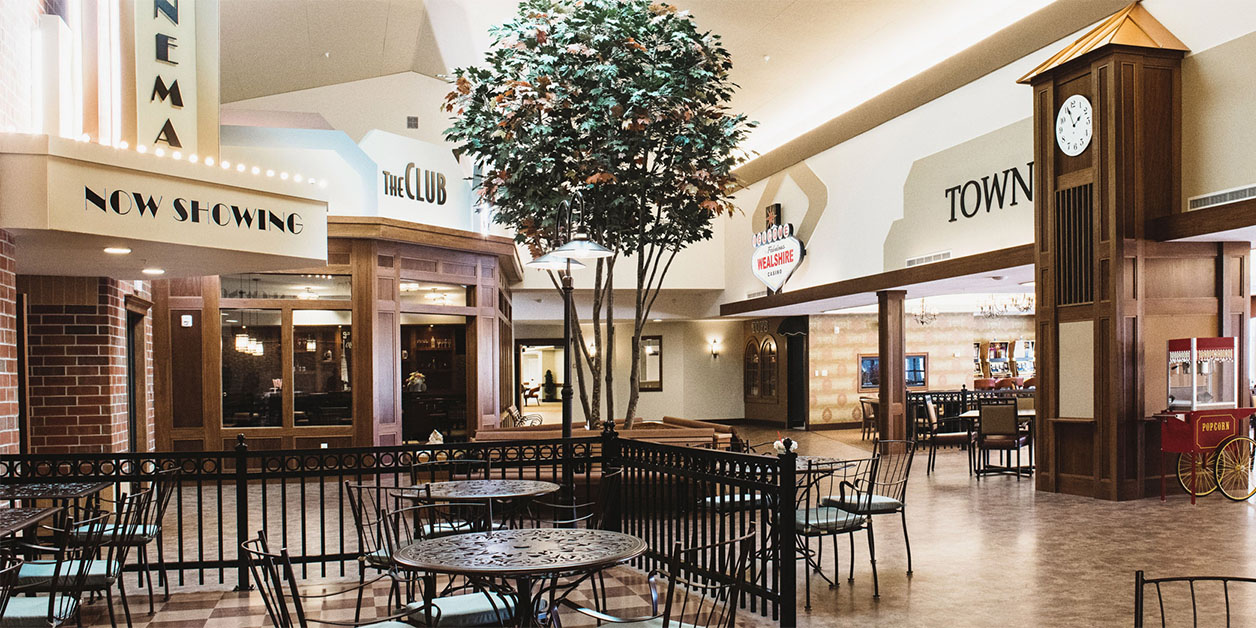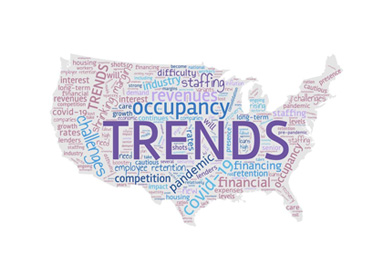
2023 TRENDS & INNOVATIONS IN SENIOR LIVING HOSPITALITY WEBINAR RECAP
The following is from our 2023 Trends & Innovations in Senior Living Hospitality webinar. If you're interested in watching the webinar on demand, click here.
As 2023 unfolds, what will be the trends and innovations experienced by those in the field of Senior Living and Hospitality?
LABOR OUTLOOK
Addressing Staffing Challenges
According to experts in the field, over 300,000 workers have been lost since the beginning of the pandemic in 2020. How does the senior living industry attract new employees, and once they’ve started working, how do the employers get them to stay?
If communities want to be marketed as resort-style and country-club style places to live, they will need quality people who are willing to remain there and be productive.
The first point for management is dealing with worker activism. There is currently a lot of momentum in the foodservice industry in terms of changing and improving work environments. How are employers going to better support their employees?
One manner of doing so is by adding flexibility to employees’ schedules while keeping residents happy and fed every morning at 8, during lunch at noon and at suppertime at 5 pm. Time management must be taken into consideration for employees and residents.
For Your Benefit
Employees aren’t just doing this for the money – although that’s obviously important. They want to know that while taking care of others, they, too, also will be taken care of.
To attract the best people from the hospitality industry, flexible work hours and enticing benefit packages are vitally important. With restaurants and bars under economic strain from a variety of factors including the pandemic, senior living residences must match or exceed the offerings to potential employees while in direct competition for top talent.
Exactly how then do senior living communities ultimately win the hearts and talents of those employees they wish to hire?

BUILDING A BRAND
Hiring the best and brightest
One strategy is by building the senior living communities’ brand within the marketplace. It is advisable for employers to draw a more favorable response to their job advertisement by creating a brand that interests both potential residents and staff members, especially if desiring to attract the best of the best.
If there’s an executive chef who you’d love to hire or some servers who bring ample amounts of talent and professionalism, they need to be made aware that your organization is centered on the concept of hospitality.
But that’s likely not enough. Senior living management must think creatively when designing benefits packages for current and potential employees. Some ideas include workers getting paid on each day they work, using scheduling technology, creating customizable work weeks and even engaging the concept of unlimited paid time off for frontline staff. All of which has purpose for both employees and employers in terms of retention.
Growth from within
The senior living residence has made the job offer. The crème de la crème of the executive chefs and servers available decide this is where they want to be.
Now comes the development stage. Not only do some of the people making coffee and scrambling eggs want to work in the kitchen and serve the residents, but they also want to grow within the organization.
And they do that how?
Perhaps the community creates a career path so that today’s server parceling pancakes while in college, becomes tomorrow’s director of nursing or lead pharmacist if provided an opportunity.
Also to be taken into consideration are things like micro-learning, artificial intelligence and ChatGPT, which is an acronym for Chat Generative Pre-Trained Transformer, a chatbot launched by OpenAI in November 2022.
THE BENEFITS OF TECHNOLOGY
With the loss of 300,000 workers in the recent past, operators have relied on technology and equipment to help with redistribution of available staff and/or reducing the amount of staff needed.
One back of house appliance that is playing a significant role is the combi oven. There are programmable and self-cleaning varieties that also communicate directly with your phone. Thanks to these programmable combi ovens, menu items will be cooked the same, correct way each time providing a consistency of product.
Then there is the matter of robotics. There are robots that serve food and also those that produce and prep products such as pizza and fresh coffee.
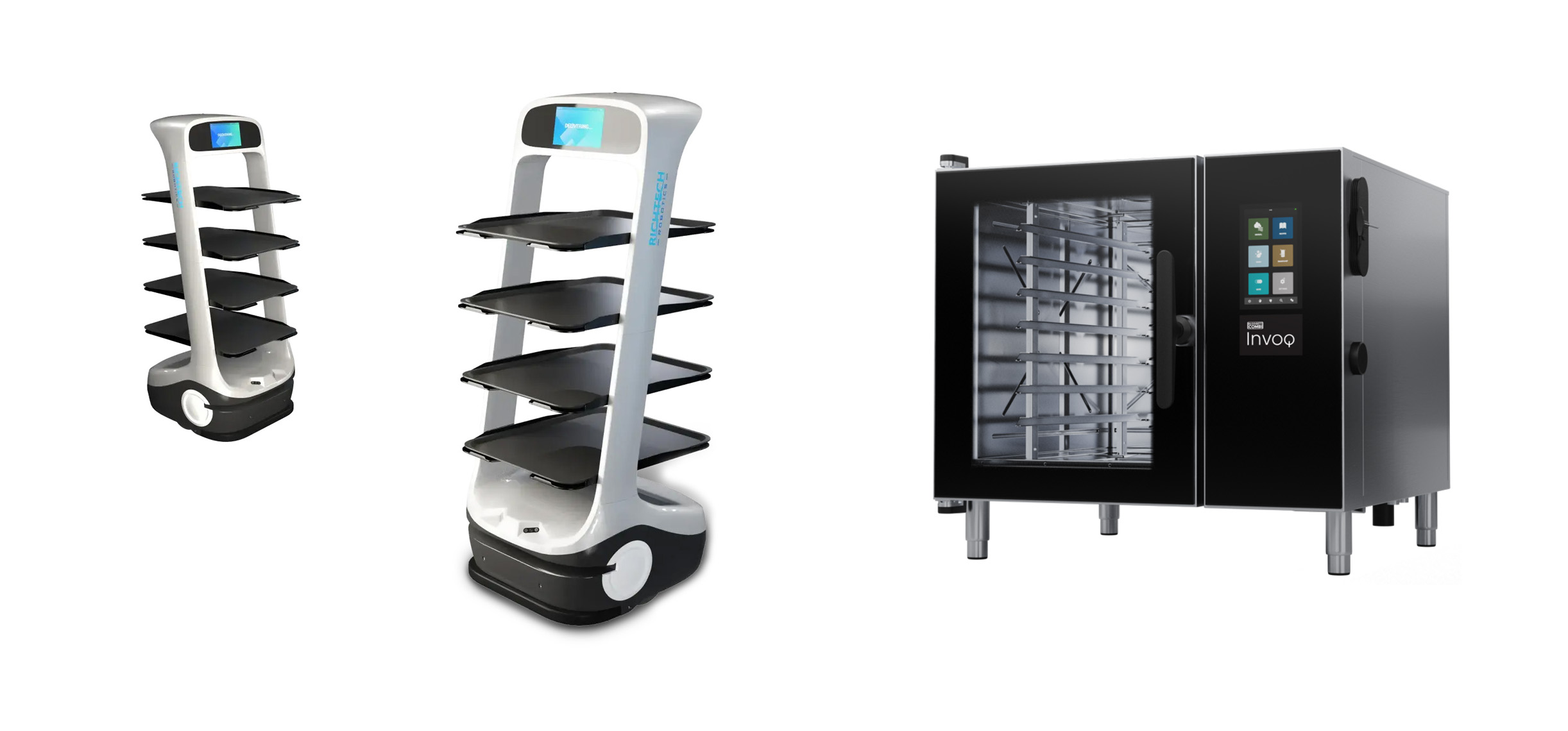
DESIGN & DEVELOPMENT
Blueprint for Success
The employees have been interviewed, everything went well and those you wanted to hire have been hired. Another primary facet of the operation that must now be taken into consideration is the design of the dining room and the kitchen.
What’s going to be the best for ensuring that residents receive their food in a timely fashion while also making logistical sense for the employees?
Then there’s location. If it’s a venue that’s originally designed to be adjacent to or nearby the main kitchen, all the better. Food is prepared and served by staff expeditiously and everyone is happy.
Flexibility is also important though. Should the community add a residential wing, setting up a buffet or bistro bar near the rooms of the guests is beneficial for all involved. If the number of steps an employee needs to take can be reduced while also adding a task or two to their duties, that’s a win for both operators and staff.
Feels Like Home
The decision has been made to make the dining and drinking experience more home-like and simply more fun.
How does this become reality?
Across the country, there are interior design groups that bring all your thoughts and wishes to fruition since they specialize solely in senior living. For example, there's an Arizona-based firm that designs dining rooms that more resemble something at a country club than a senior living community.
When designing, there is also the concept of ‘senior drift’ to be taken into consideration. When people initially retire, they may want to move to warmer climates like Arizona and Florida because it’s sunny and much easier to play golf outside in January.
However, as people’s health may begin to deteriorate, there is a desire to move closer to their adult children to provide caretaking and additional companionship.
As a result, the dining options offered by a living community play a determining factor in where seniors choose to live and are an important driver of occupancy.
Developers, operators and designers need to be aware of what the dining room looks like, as well as what the grab-and-go area and pub look like because people are more likely to thrive in a pleasant setting.
If those involved know what they’re doing and use materials and furnishings, that will make everything more unique and boost occupancy.
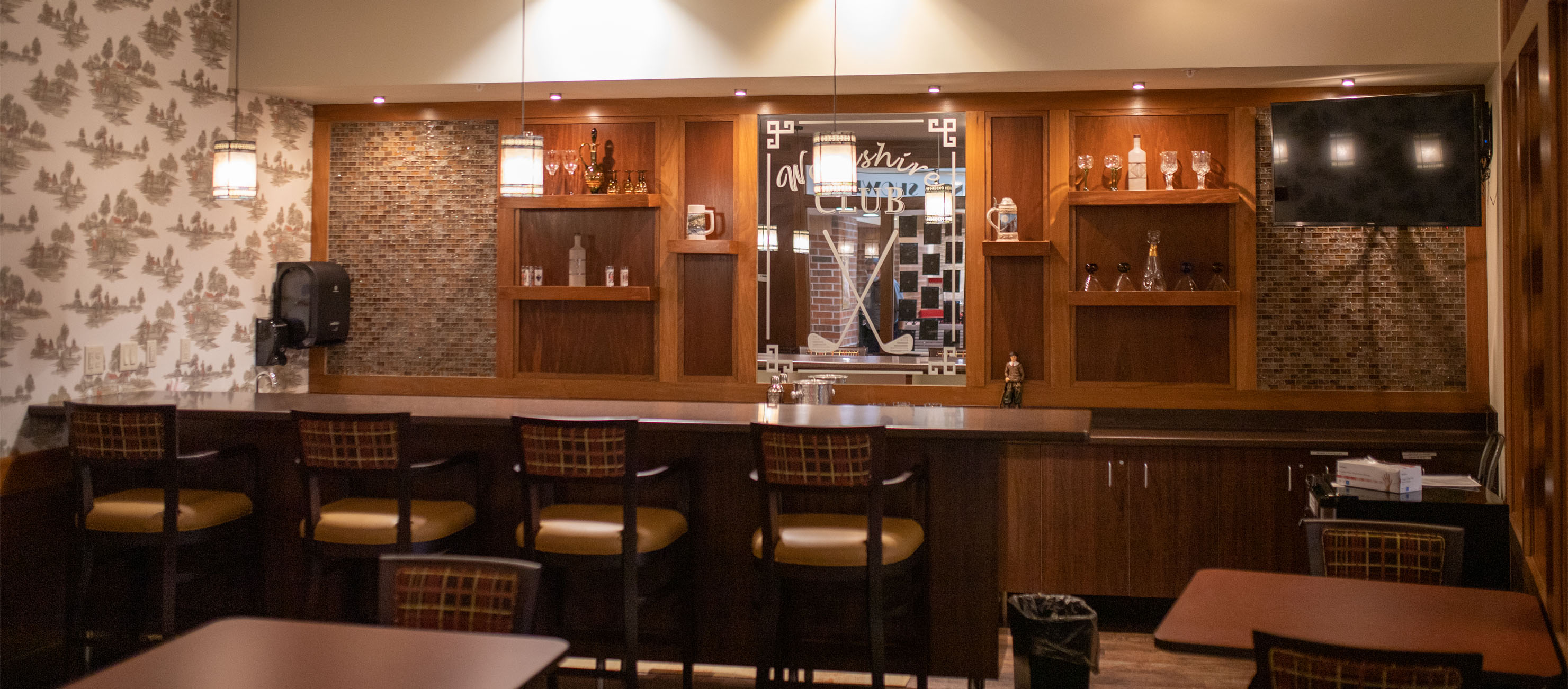
WHAT’S ON THE MENU? BORROWING IDEAS FROM THE RESTAURANT INDUSTRY
That’s So Trendy
Perhaps one of the best ways in which to gauge the food and menu trends in the senior living industry in the future is to see what’s taking place in the commercial restaurant industry right now. It is said that the senior living industry is about 18 months behind restaurants in terms of trending menu options and design.
There always will be comfort food served. Meatloaf Mondays, baked chicken on Wednesday and spaghetti and meatballs on Friday continually will be staples.
But that doesn’t mean these items can’t be spiced up through the introductions of global flavors and global fare and offering menu items with a twist. There is expected to be a greater demand for variety in the menu.
This Sounds Expensive
Another area of concern in terms of menus is cost. Is it possible to pare down offerings that are able to give you a good return on your investment while also helping to better manage food costs and expenses?
In a word, yes.
A good place to begin is by using less expensive cuts of meat such as chicken thighs, beef chuck and pork shoulder. While these aren’t traditionally center of the plate items, these variations of menu favorites can help expense and margin concerns.
Getting on Board
Charcuterie boards are another option to consider for the menu. And who doesn’t like the finest meats and cheeses that can be offered?
Not only do charcuterie boards bring an element of fun to the table, but they also fit the category of lighter, healthier menu options offered. Something different, something unique and mighty tasty as a main meal? Why not?
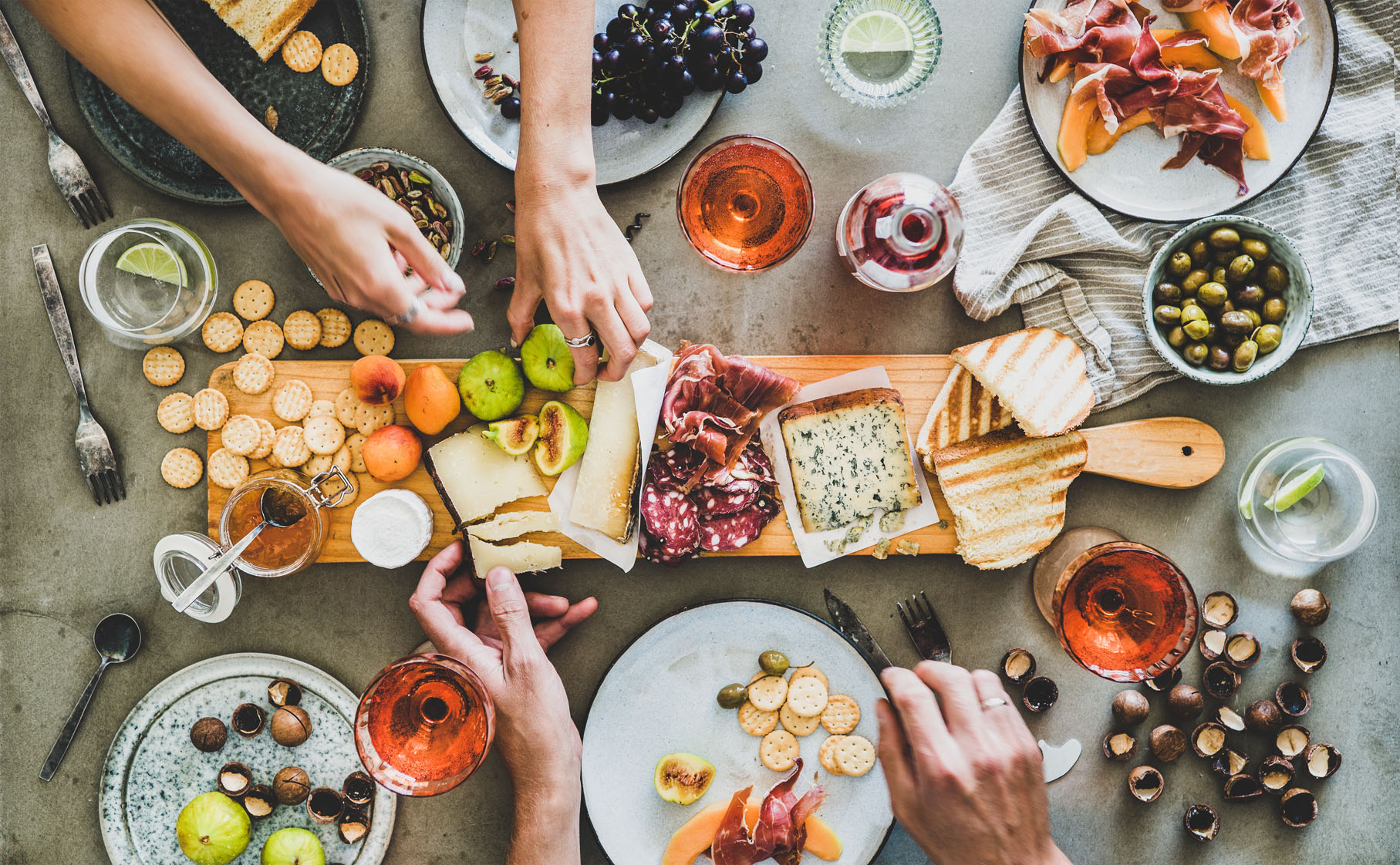
Have a Drink on Me
Delicious though these foods may be, diners still need to have something with which to wash them down.
One area drawing interest from retail operators is having a non-alcoholic beverage menu featuring mocktails, spritzers and similar potables which are thought to be great fits in the senior living industry.
However, satisfying as those beverages might be, sometimes guests might be looking for something a little stronger such as a nice glass of wine or a cold bottle of beer.
In order to offer those drinks, senior communities are considering putting in full bars complete with liquor licenses. Doing so would not only enable residents to bring in their own bottle of wine, but also attract outside customers for a drink and a good meal.
As great and profitable as offering full bar service could be and with the popularity of the concept increasing, there is the whole licensing process to be considered and that can be obstacle-laden as the senior residences have to make sure they are following the legalities as presented by the cities and municipalities in which they exist.
Come for the Good Food, Stay for the Healthcare
Want to have more seniors and their families consider moving into your village? Make sure the food is good and the chef knows their craft.
Sounds simple, but it’s true.
Dining programs are one of the top qualifiers in people choosing to live at a certain place. Is the chef talented? What does the dining room look like? If I have a taste for a tuna fish sandwich, are there grab-and-go options available? If my grandsons stop by for a visit, can we chat over beers? If I don’t feel like eating what today’s special is, may I order something off the menu?
Having these options viable to residents makes the styles of living seem more resort-style or country-club style and less like a nursing home. This also gives the residents the opportunity to become familiar and friendly with the wait staff, chefs and other personnel.
A Touch of Class
Another benefit to having additional venues such as bistros, bars and restaurants in a senior living residence is offering cooking classes, exhibition cooking and taste-testing opportunities to residents which are not only popular, but also provide the ability to engage residents in something other than staring at the walls and watching the latest rerun of “Murder, She Wrote” for the ninth time.
Flexing on Them
The ability to be flexible in meeting residents’ needs and demands also plays a key role in determining bottom-line success. Growth and adaptation are absolutely essential.
Perhaps there’s a coffee shop or bistro area during the day that converts into a bar during the evening.
For example, there is an establishment in Minnesota that serves breakfast and lunch as a café before transforming into a nightspot for cocktails.
WHAT’S IN STORE? THE GROWTH OF RETAILIZATION
Attention Shoppers
That versatility of space leads to the next concept of retailization which began generating interest last year and is growing in importance as operators look to run their businesses from a retail, profit-centered focus by creating a brand and connecting to and treating residents and guests as shoppers rather than a service and expense in a battle against shrinking margins while also pushing occupancy growth.
An example cited was Western Home Communities based in Iowa that offers clients options in independent living, assisted living, active living, transitional care unit memory care and full nursing within a campus setting.
In terms of dining offerings, thanks to an impressive master kitchen, residents and guests can choose from a full-service restaurant that is also open to the public, a fine-dining restaurant, a pub and grill with full bar and a mini-market that offers grab-and-go items.
In addition, there’s a full hair salon that is open to the public, two banquet rooms on the property that can host weddings as well as chapels to hold Catholic Mass on Sunday and other religious services.
Getting Engaged
Then there’s the restaurant opened in January by award-winning chef Stephan Pyles called Alma that is located in the Hacienda at Georgetown retirement community in Texas. The restaurant will serve both the residents of the retirement community as well as those living in the local area.
Another facet of retailization is opening stores and dining areas in assisted living and memory care settings with the primary goal of engagement with residents and their families such as what’s taking place at Wealshire in Medina, MN where an old-fashioned fountain ice cream and soda shop has been added.
Each afternoon at 2 o’clock, residents are invited to visit the ice cream shop to enjoy treats. It also provides families the chance to spend time with their loved ones in memory care in a relaxed setting.
Not only does retailization support the bottom-line profit margin, it also creates a sense of community, betters resident engagement and meets the mission of senior living.
